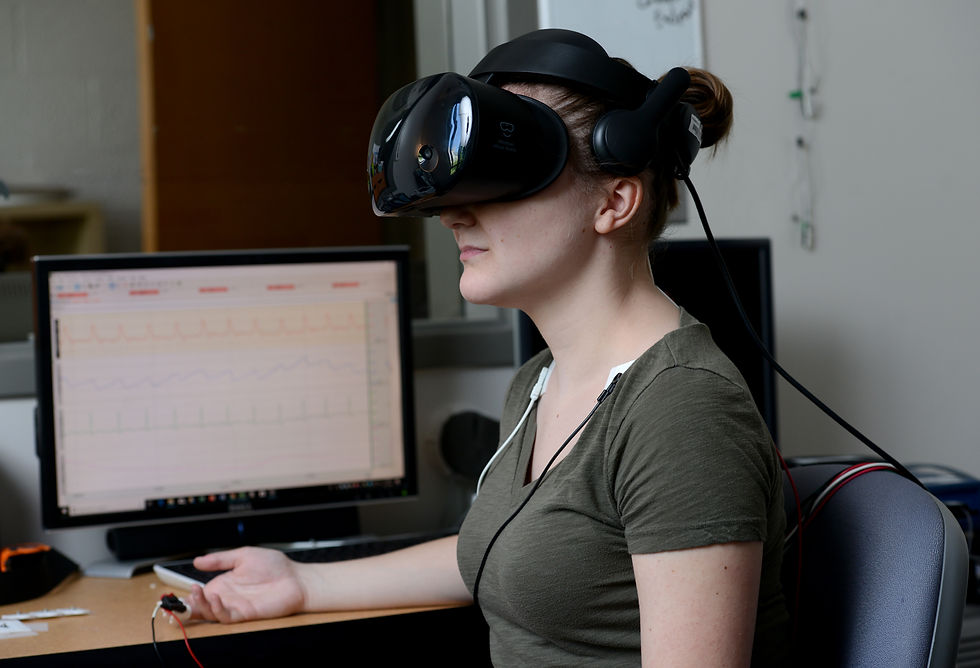Defensive Behavior
Brittany Nackley





How do we act when we feel threatened? Most people assume that survival and defensive behavior is just “fight or flight”, like we are taught in our introductory psychology classes. But “fight or flight” isn’t the half of it, literally. There are 4 additional defensive strategies, none of which are active strategies – in fact, they cause us to become immobile. Altogether, the 6 strategies move quickly in sequence from one to the next in a progression known as the defense cascade.
I research how the body and its inner workings drive defensive behavior. These inner workings of the body define our physiology. They involve changes in the autonomic nervous system, which varies how much influence the sympathetic nervous system (the “fight or flight” system) and the parasympathetic nervous system (the “rest and digest” system) each have on our behavior. During survival threats, thoughts and emotions often take a backseat, or even go completely offline. I am investigating the relative influence of sympathetic and parasympathetic nervous systems during each stage of the defense cascade. I am also studying the degree to which emotions and physiology move in a similar fashion during perceived danger threats.
Presenting human subjects with a perceived survival threat is tricky to do ethically. Deceiving our human subjects into thinking their life is in danger is frowned upon by the Institutional Review Board (IRB). Perhaps because of this challenge, survival research has stagnated over the last ten years. I partnered with teams in Cinema, Visual Arts, and Computer Science to develop a novel threat simulation using Virtual Reality (VR). This simulation meets ethical standards and practical requirements simultaneously. Using our new VR experience, I hope to breathe new life into survival research.